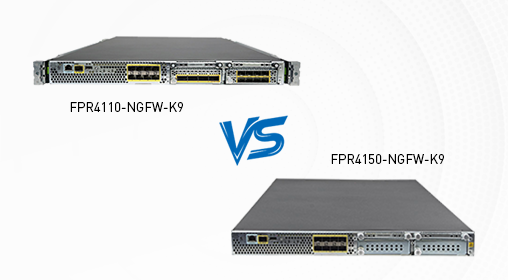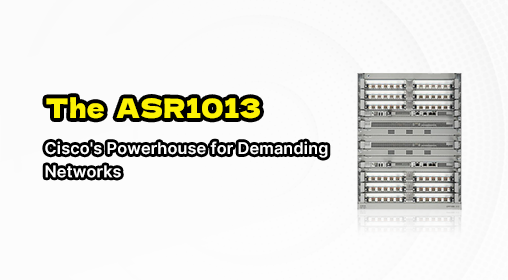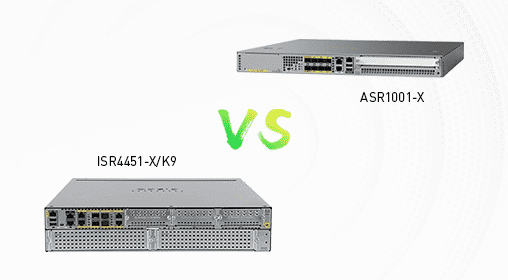



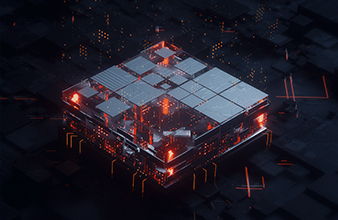
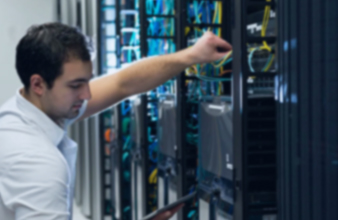









Cisco Firepower Showdown: A Technical Deep Dive into FPR2110-ASA-K9 and FPR2130-NGFW-K9
When navigating the landscape of Cisco's Firepower firewalls, the choice between the FPR2110-ASA-K9 and the FPR2130-NGFW-K9 is a classic debate of robust essentials versus enhanced performance. Both are 1U rack-mountable appliances designed for serious network security, but they cater to slightly different pressures and complexities within an organization's infrastructure. At a glance, the 2110 model serves as a solid foundation, packing a considerable punch for its form factor, while the 2130 clearly positions itself as the more powerful sibling, engineered to handle greater traffic loads and more sophisticated threat prevention duties without breaking a sweat.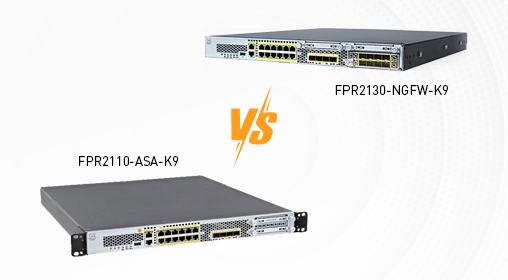
Diving into the core hardware specifics is where their diverging paths become clear. The FPR2110 is equipped with a 100 GB SSD and is built around a architecture that supports a solid set of baseline features. Its physical connectivity is comprehensive, offering 12 copper Gigabit Ethernet ports and 4 SFP slots, which provides good flexibility for most enterprise access or distribution layer deployments. The FPR2130, in contrast, is architected for higher throughput. It steps up with more processing power to maintain performance when advanced services like IPS, URL filtering, and Application Visibility and Control (AVC) are all activated simultaneously. Think of it this way: the 2110 is a dependable workhorse for branch offices or mid-sized businesses, but the 2130 is the engine you'd want for a data center or an enterprise core where latency and packet inspection speeds are critical.
|
Feature |
FPR2110-ASA-K9 |
FPR2130-NGFW-K9 |
|---|---|---|
|
Form Factor |
1U Rack-mountable |
1U Rack-mountable
|
|
Hard Drive |
SSD 100 GB |
Information Not Specified in Sources |
|
RJ-45 Ports |
12 x 1G (Data) + 1 x 1G (Management) |
Information Not Specified in Sources
|
|
SFP Ports |
4 x 1G |
Information Not Specified in Sources
|
|
Key Features |
VLAN support, URL filtering, DDoS prevention, AVC
|
Next-Generation Firewall capabilities
|
Functionally, both appliances share the common ground of Cisco's Firepower threat defense and management ecosystem, supporting a wide array of modern security features beyond traditional stateful inspection. This includes VPN capabilities, intrusion prevention systems, and advanced malware protection. However, the functional edge goes to the FPR2130 due to its superior hardware, which allows it to sustain these resource-intensive services under heavier network loads. It's designed to deliver what Cisco terms "Next-Generation Firewall" performance, implying it can effectively handle deep packet inspection and correlation of security intelligence across a broader attack surface without becoming a bottleneck. For users, this translates directly to reliability and peace of mind; the 2130 is less likely to require a performance-tuning exercise when new threats emerge or when network usage peaks.
From a stability and total cost of ownership perspective, the FPR2110 presents an excellent entry point for organizations whose needs align with its performance envelope. Its main advantage is a lower initial investment for a capable security platform. However, its limitation is a lower performance ceiling, which could necessitate a premature upgrade if network demands grow unexpectedly. The FPR2130, while commanding a higher initial price, offers greater scalability and headroom. This investment is justified by its ability to grow with the network, potentially providing a better long-term value and avoiding a costly hardware refresh down the line. Its robustness under load also contributes to operational stability, reducing the risk of performance degradation during incidents.
In summary, the FPR2110-ASA-K9 is a formidable solution for environments where the network demands are predictable and within its specified limits. It's a smart, cost-effective choice that doesn't sacrifice critical security features. The FPR2130-NGFW-K9, on the other hand, is the clear candidate for more demanding environments where future-proofing, handling high traffic volumes with all security features enabled, and ensuring consistent low latency are non-negotiable priorities. The choice ultimately hinges on a realistic appraisal of your network's present and near-future demands.
